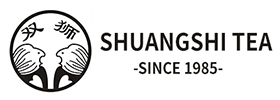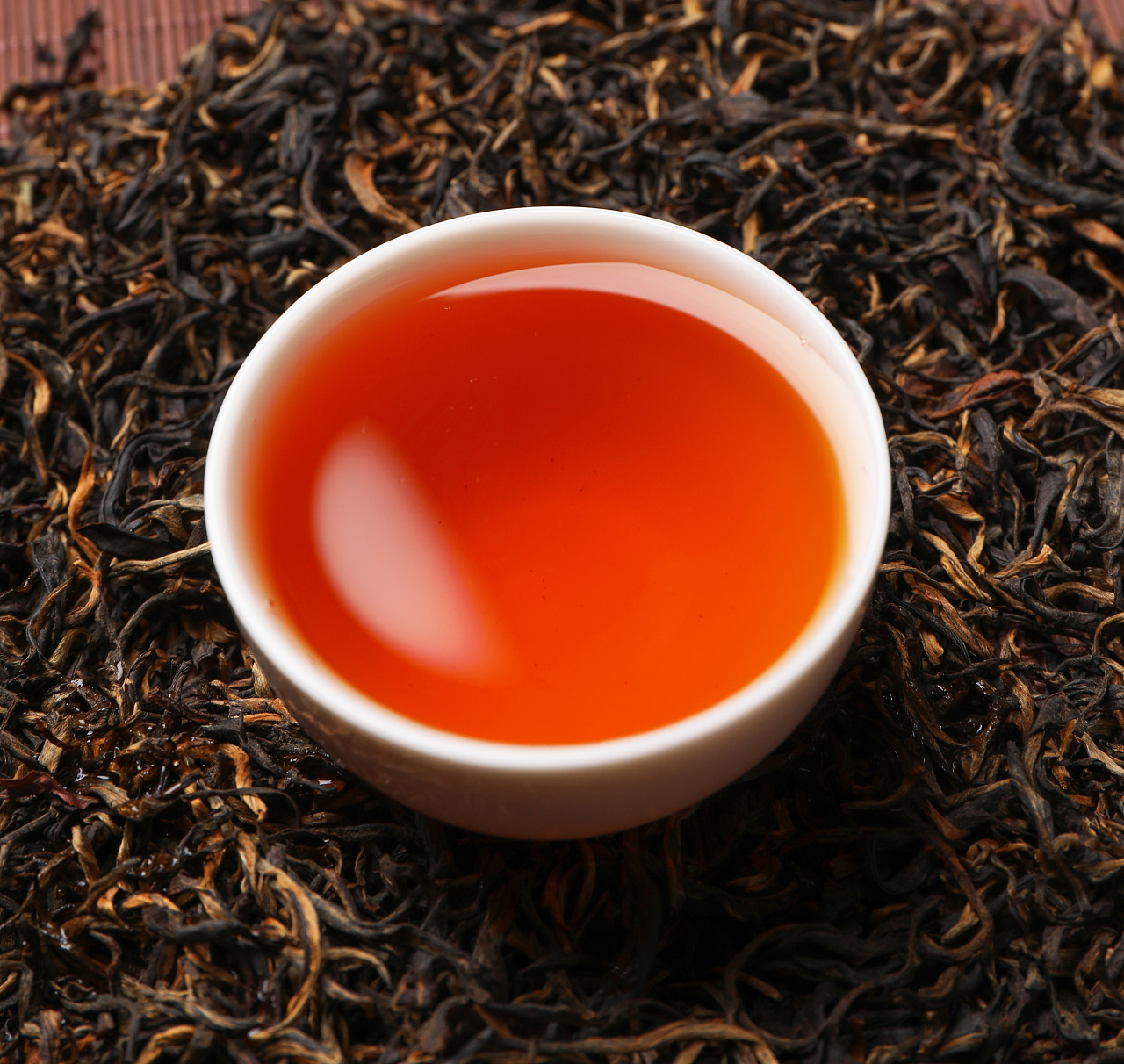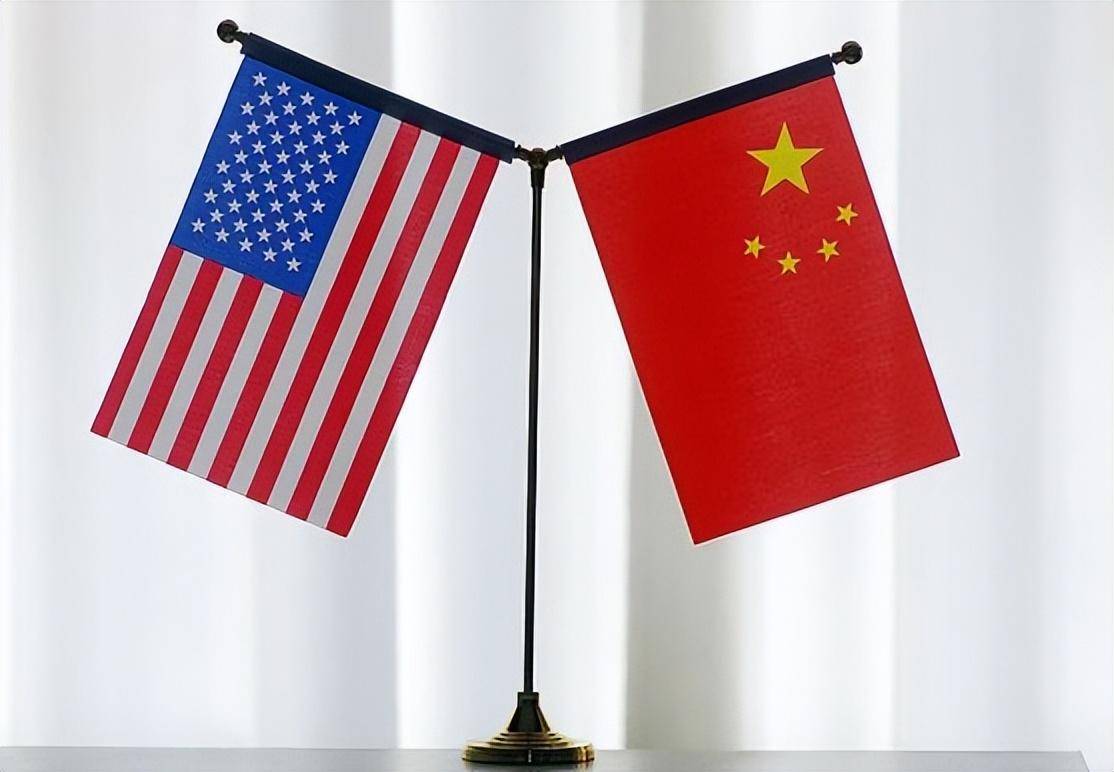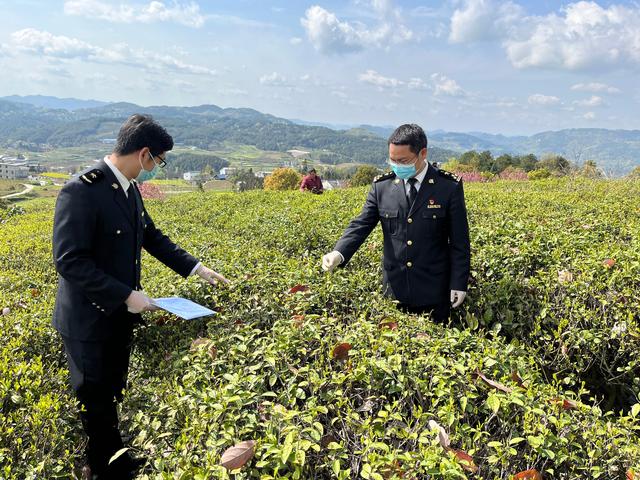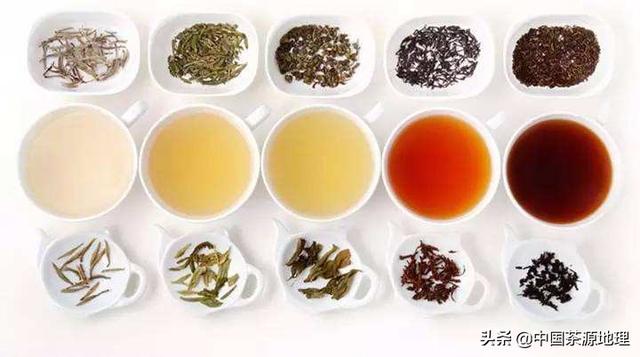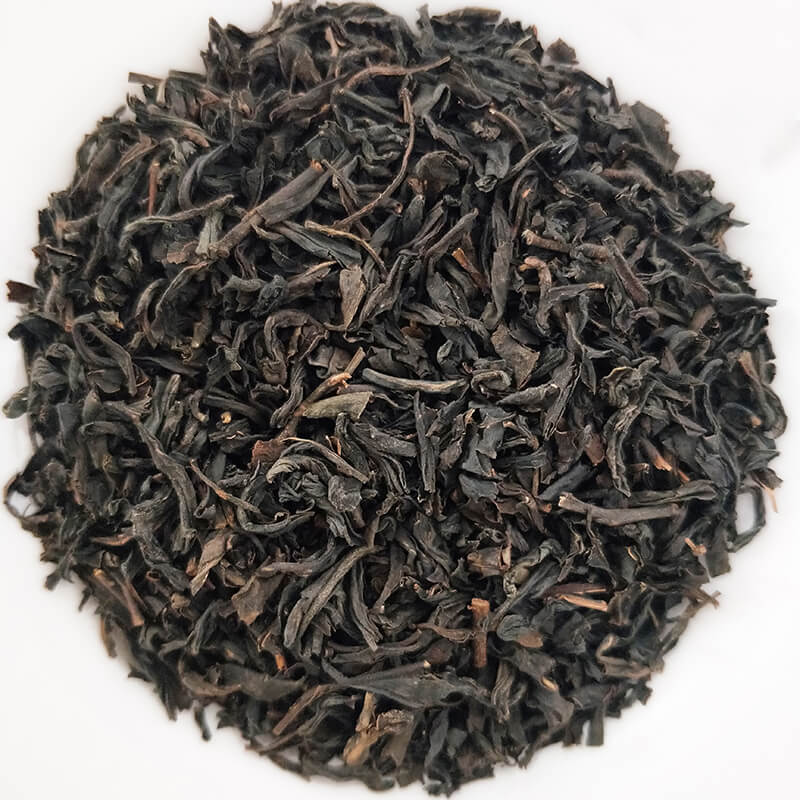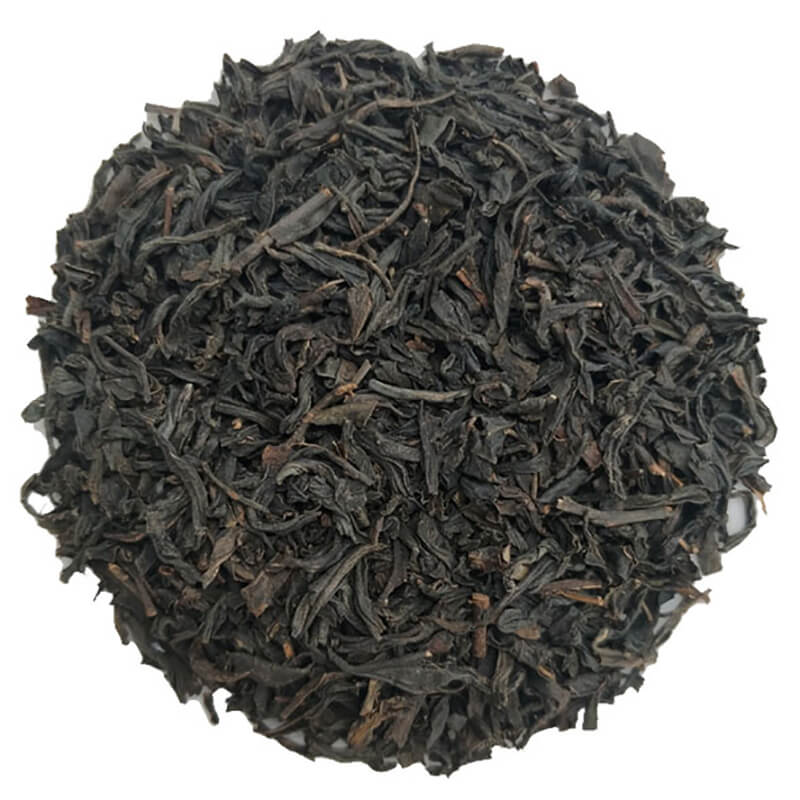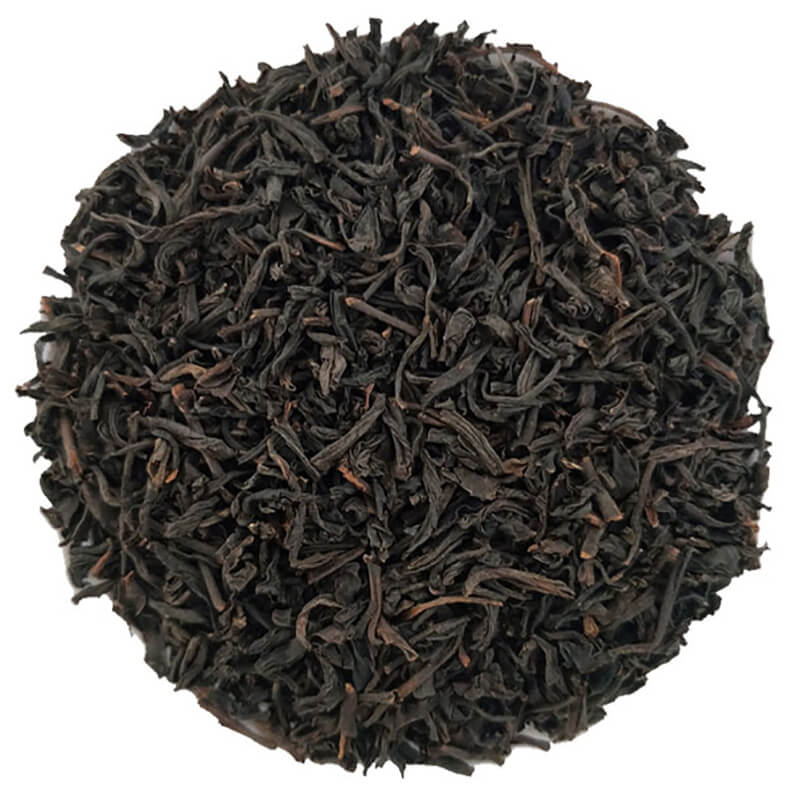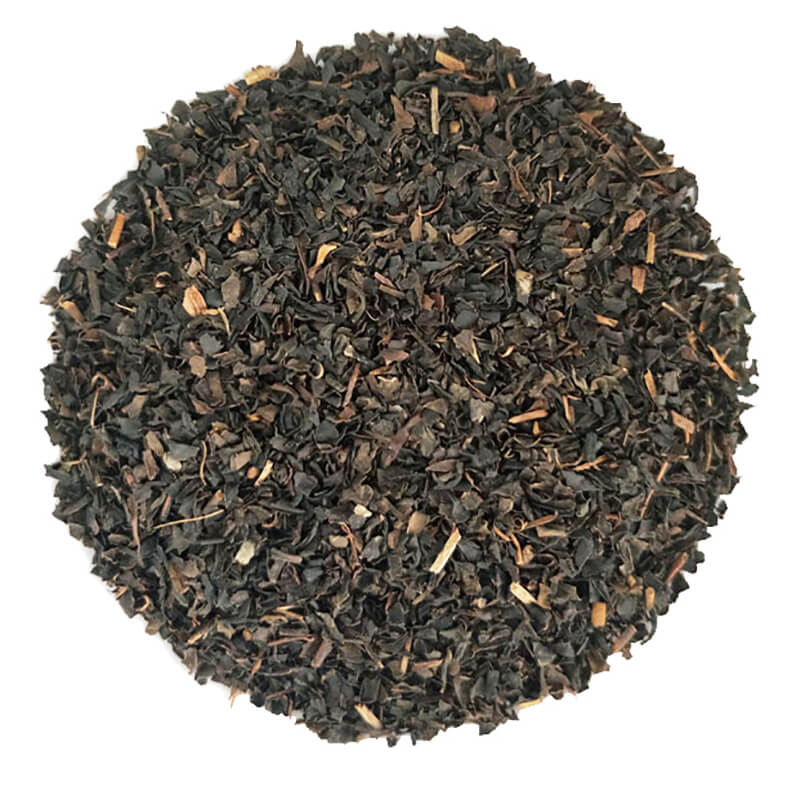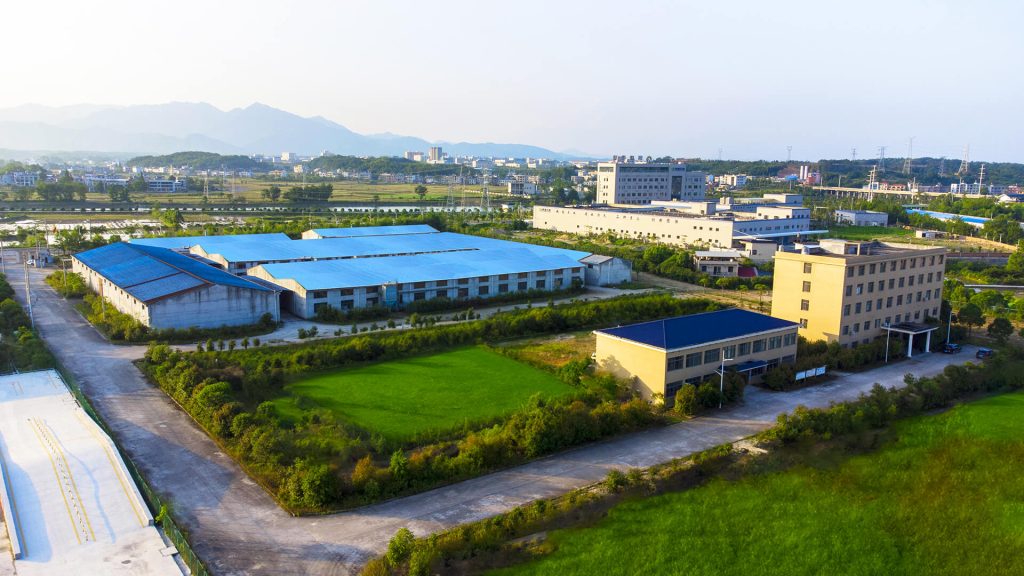From the ancient Orient to the tropical islands, Chinese black tea and Sri Lanka black tea each carry unique cultural imprints and natural gifts.
Chinese black tea and Sri Lanka black tea are two kinds of tea with unique flavor and cultural background. These two types of tea are not only different in taste and aroma, but also have their own characteristics in terms of planting environment, production process and drinking style.
1. Historical background
Chinese black tea has a long history, dating back to the end of the Ming Dynasty, when black tea was mainly produced as an export tea. There are many types of black tea in China, including Zhengshan Xiaojiao, Keemun black tea, Dian Hong, etc. Among them, Zhengshan Xiaojiao is one of the earliest varieties of black tea in the world, which is famous for its unique aroma of pine smoke.
Sri Lanka black tea (Ceylon Tea) has a relatively short history, beginning in the mid-19th century, when British colonizers began to plant tea in Sri Lanka. Sri Lankan black tea quickly became one of the country’s important exports, and won the praise of the international market for its high quality.
2. Growing environment
Chinese black tea is mainly produced in the southern mountainous areas, such as Fujian, Yunnan and other places, these areas are at a higher altitude, the climate is humid, fertile soil, conducive to the growth of tea trees. Different conditions of origin create different kinds of black tea flavor.
Sri Lanka tea trees are mainly planted in the central highlands, from the lowlands to the high mountains are distributed. The different altitude makes Sri Lankan black tea can be divided into lowland tea, middleland tea and highland tea according to the growing place, and each kind of tea has its unique quality characteristics.
3. Production process
The production process of Chinese black tea is delicate, usually including withering, kneading, fermentation, drying and other steps. Among them, Zhengshan Xiaochao also has a unique smoking process, using pine wood to add a unique aroma.
Sri Lanka black tea is also very delicate, but its process is more standardized compared to Chinese black tea. Sri Lankan black tea also undergoes withering, kneading, fermentation and drying, but because of the high degree of industrialization, the quality is relatively consistent.
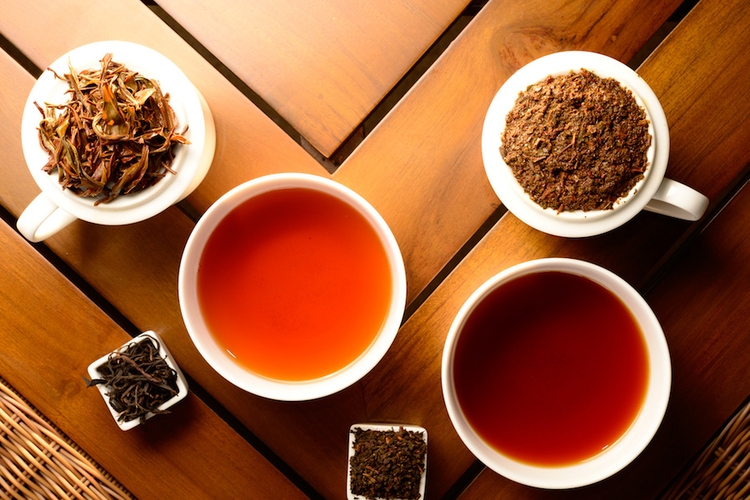
4. Flavor Characteristics
Chinese black teas are known for their rich aroma and complex flavor, such as the pine smoke aroma of Zhengshan Xiaojiao and the honey aroma of Keemun black tea. These teas usually have darker color and mellow taste.
Sri Lanka black tea, on the other hand, is popular for its bright color, fresh aroma and light taste. Sri Lankan black teas produced in different regions have different characteristics, for example, Uva tea is known for its strong aroma and mellow flavor; Nuwara Eliya tea is characterized by a soft, fresh flavor.
5. Drinking style
In China, black tea is often brewed on its own or used to make a variety of teas, such as milk tea. In China, black tea is more important to savor the taste of the tea itself.
In Sri Lanka, black tea is usually served with milk and sugar, which has influenced the tradition of English afternoon tea. However, in recent years, with the increase of health consciousness, more and more people choose to drink it without milk and sugar.
Overall, Chinese black tea and Sri Lankan black tea have their own distinctive characteristics, which not only represent the cultural traditions of their respective countries, but also provide diverse choices for tea lovers around the world. No matter which kind of black tea they are, they both carry a deep historical heritage and regional characteristics that are worth savoring.
